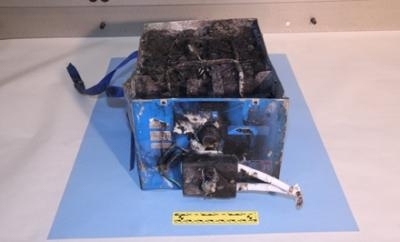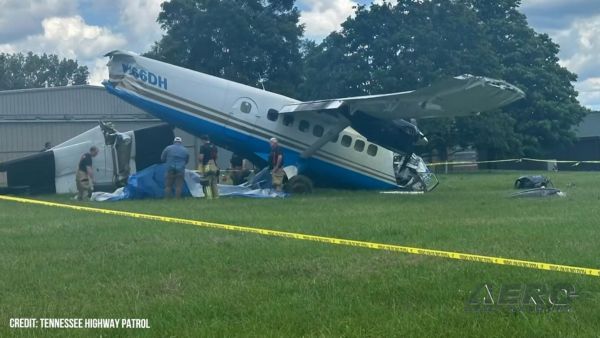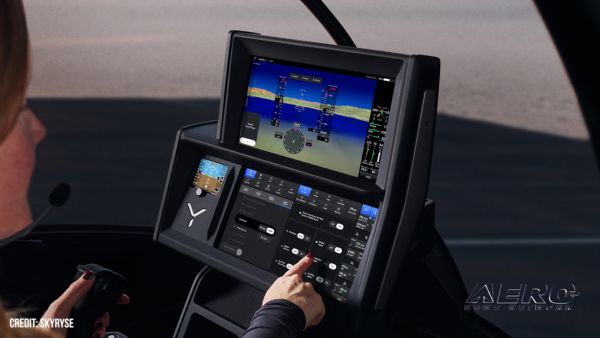Fri, May 23, 2014
Looks At The Power Cells As They Are Used In Aircraft Systems
The NTSB has issued a series of recommendations today related to the evaluation and certification of lithium-ion batteries for use in aircraft systems, as well as the certification of new technology.

The five safety recommendations, all addressed to the FAA, are derived from the NTSB’s ongoing investigation of the January 7, 2013, fire event that occurred in a lithium-ion battery on a Boeing 787 that was parked at Boston Logan Airport.
Investigators found that the battery involved in the Boston 787 fire event showed evidence not just of an internal thermal runaway but that “unintended electrical interactions occurred among the cells, the battery case, and the electrical interfaces between the battery and the airplane.”
The 12-page safety recommendation letter said that the processes used in 2006 to support the certification of the lithium-ion battery designed for the 787 were inadequate, in part, because there is no standardized thermal runaway test that’s conducted in the environment and conditions that would most accurately reflect how the battery would perform when installed and operated on an in-service airplane.
Further, the NTSB said that because there is no such standardized thermal runaway test, lithium-ion battery designs on airplanes currently in service might not have adequately accounted for the hazards associated with internal short circuiting.
In its examination of the challenges associated with introducing newer technologies into already complex aircraft systems, the NTSB said that including subject matter experts outside of the aviation industry “could further strengthen the aircraft certification process” by ensuring that both the FAA and the aircraft manufacturer have access to the most current research and information related to the developing technology.
To address all of these issues, the NTSB asked the FAA to do the following:
- Develop an aircraft-level thermal runaway test to demonstrate safety performance in the presence of an internal short circuit failure
- Require the above test as part of certification of future aircraft designs
- Re-evaluate internal short circuit risk for lithium-ion batteries now in-service
- Develop guidance for thermal runaway test methods
- Include a panel of independent expert consultants early in the certification process for new technologies installed on aircraft
The final report on the January 2013 Boston 787 battery fire investigation is estimated to be completed in the fall.
(NTSB image)
More News
Also: AV-8B Harrier For CAF Arizona, Boeing Gets ODA, Army NG Rescue, Longitude To C. America A California Superior Court judge recently ruled that GAMI’s unleaded avgas does>[...]
Light Gun A handheld directional light signaling device which emits a brilliant narrow beam of white, green, or red light as selected by the tower controller. The color and type of>[...]
Aero Linx: T-6A Texan II The T-6A Texan II is a single-engine, two-seat primary trainer designed to train Joint Primary Pilot Training, or JPPT, students in basic flying skills com>[...]
At The Time Of The Accident The Wind Was 140° At 11 Knots, Gusting To 19 Knots Analysis: According to the pilot, she was on a multi-day cross-country flight in the experimental>[...]
Have A Story That NEEDS To Be Featured On Aero-News? Here’s How To Submit A Story To Our Team Some of the greatest new stories ANN has ever covered have been submitted by our>[...]
 Airborne 06.04.25: G100UL Legal Decision, FAA v Starship, Laser Conviction
Airborne 06.04.25: G100UL Legal Decision, FAA v Starship, Laser Conviction ANN's Daily Aero-Term (06.09.25): Light Gun
ANN's Daily Aero-Term (06.09.25): Light Gun ANN's Daily Aero-Linx (06.09.25)
ANN's Daily Aero-Linx (06.09.25) NTSB Final Report: Evektor Aerotechnik EV97
NTSB Final Report: Evektor Aerotechnik EV97 ANN FAQ: Submit a News Story!
ANN FAQ: Submit a News Story!



